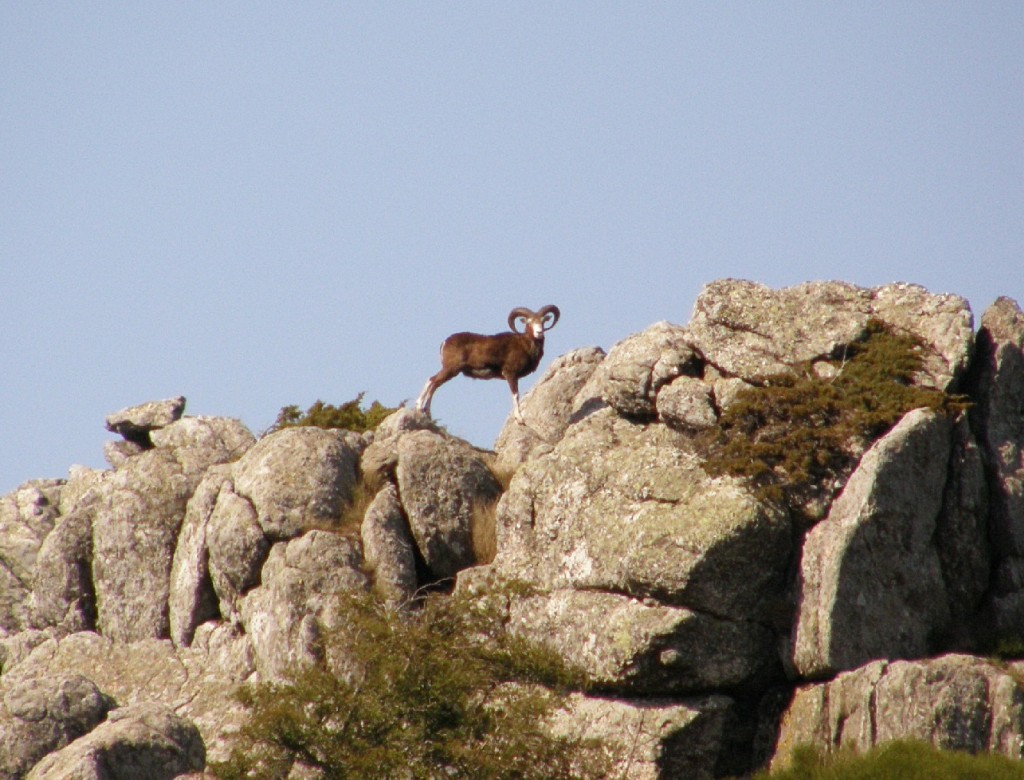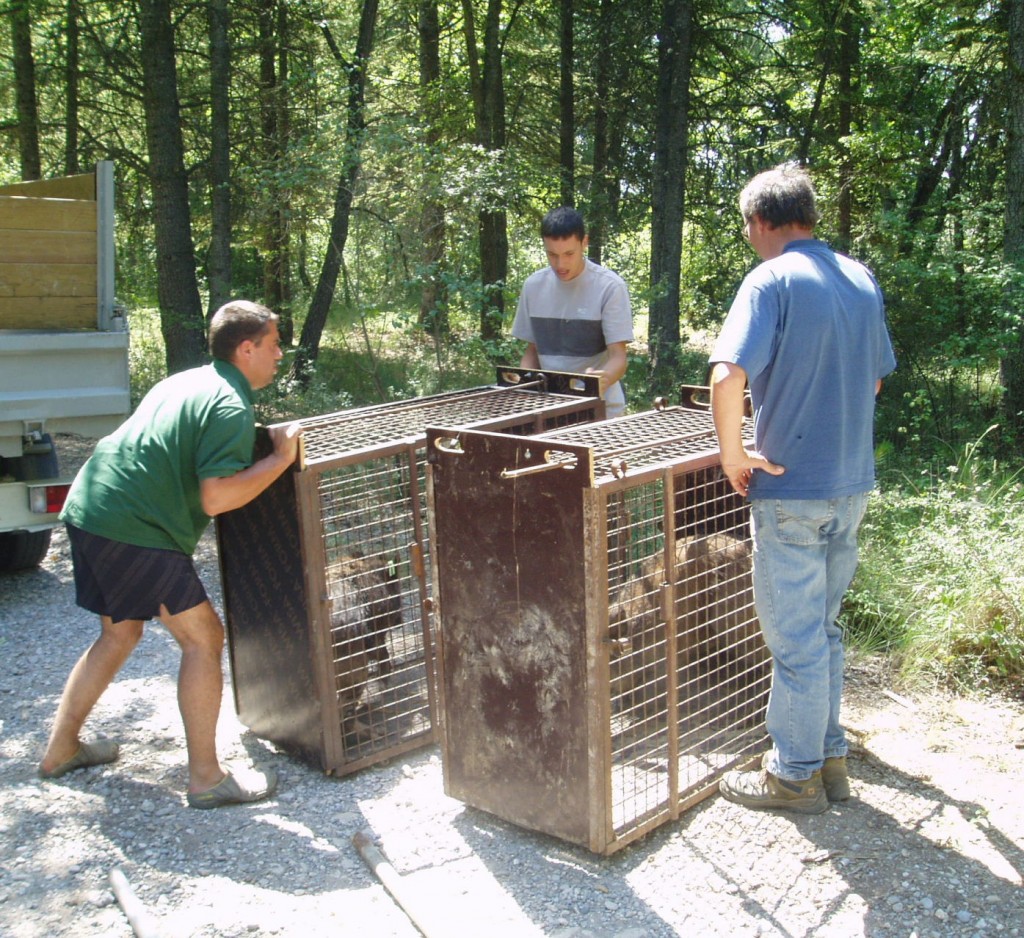ITER NEWSLINE
45
The wild side of Cadarache
Robert Arnoux
The wild side of Cadarache
Jean Faivre, head of FLS (Local Security Force), and his deputy Thierry Abran, have a lot on their hands. Not only do they have to care for the security of Cadarache's installation and the safety of the Centre's 4000 odd "inhabitants", they are also responsible for another, much wilder, population—boars and their piglets, rare mountain goats known as "mouflons" and herds of Sika deer, the Cervus Nippon which originates in Japan, Taiwan and most of East Asia.
Boars have always been at home in the woods of Cadarache. In 1964, archaeologists digging a Bronze Age necropolis, located near what is now the CEDRA installation, came up with a most exceptional find: a tomb containing the remains of a large wild boar, two copper rings and a serpentine ritual axe-head. Boars were sacred then and in the way, they still are. "You can't dissociate boars from Cadarache, says Jean Faivre. They are the emblem of the Centre and even though they can be something of a nuisance, causing some 10 to 40 minor car accidents a year, we do our best to keep them in good health, feed them when they need it and regulate their population."
Boars are common, but mouflons are quite rare. Cadarache's herd of about 150 individuals is one of the densest in Europe, and one of the very few "genetically pure", stemming from one original group of two males and one female which were introduced to the site in 1934.
Their history is linked to a tragic historical event. These three mouflons, which had been captured in the island of Corsica, were to be offered to King Alexander I of Yugoslavia on the occasion of his State visit in France, in October of 1934. But on his arrival in Marseilles, the King was assassinated, leaving the French government with this question: What to do with the mouflons?
At the time, what is now CEA-Cadarache was under the jurisdiction of the National Forestry Commission ("Eaux et Forets") and hosted a small Game Warden Academy—the Kings' mouflons were entrusted to their care.
As for the Sika deer, "they were brought to Europe in the 19th century, now they're everywhere", says Faivre. "and in Cadarache, they compete with the mouflons for food and territory... so we have to regulate their population."
This "regulation" is essentially done through hunting. For fifty years, Cadarache's hunting parties have been an important part of the region's social life—4 such "grandes chasses" are organized every year, one of them for the local politicians, mayors, industrialists and CEA business partners, the other three for the Centre's Hunting society.
Cadarache is a unique example of a nuclear research centre doubling as a wildlife preserve—and both are thriving.
return to Newsline #45



